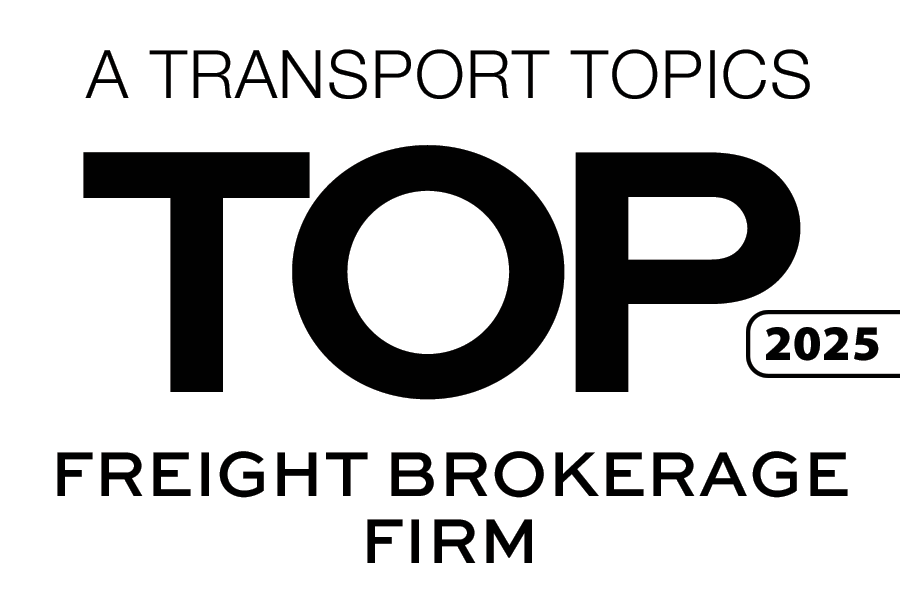Supporting Driver Success For a More Profitable Future in Trucking
November 4, 2025
 At the heart of the transportation industry lies one undeniable truth: everything depends on the driver. From safety and efficiency to profitability, the quality of life and performance of America’s truck drivers directly shape the strength of our supply chain. As the industry continues to evolve, focusing on drivers’ quality of life is key to maintaining continued success.
At the heart of the transportation industry lies one undeniable truth: everything depends on the driver. From safety and efficiency to profitability, the quality of life and performance of America’s truck drivers directly shape the strength of our supply chain. As the industry continues to evolve, focusing on drivers’ quality of life is key to maintaining continued success.
A well-rested driver is a better driver. Studies consistently show that quality sleep improves reaction times, decision-making, and overall safety. But it’s not just about avoiding fatigue-related accidents. Drivers who manage their rest effectively can also plan routes more efficiently, make better business decisions, and even negotiate smarter.
“I talk a lot about profitability. But what I’m really trying to get at is—how do you make enough money so you can be safe?” Asks Dean Croke, Principal Analyst at DAT Freight Analytics. “How do you get better sleep so you can run more miles? It’s all linked to how drivers can be better at what they do—being more efficient in every way possible in the industry.”
Industry experts point out that the most successful drivers share two key traits: they understand how to manage sleep and how to manage their business. When drivers get consistent, high-quality rest—at least six continuous hours within a 24-hour period—they’re better equipped to handle the daily demands of the road while maintaining a strong bottom line.
Before the electronic logging device (ELD) mandate, paper logs offered experienced drivers a degree of flexibility that allowed them to balance profitability and efficiency. With careful planning, a driver could adjust their schedule to avoid peak traffic or take advantage of off-peak loading times, all without sacrificing rest or safety.
Does emphasizing a positive driver experience lead to better outcomes across the supply chain? Watch the latest episode of the Stay In Your Lane Podcast for expert analysis on this important topic.
However, the shift to ELDs removed much of that flexibility. The rigid enforcement of the 11-hour driving and 10-hour rest rules means drivers now have less room to adapt to real-world challenges like delays at loading docks, traffic congestion, and multi-stop routes. This change has made it harder for drivers to build in the margins of profitability that once existed, especially for those running tight schedules.
“ELDs completely changed the ball game. Up until the ELD mandate, you could build in margins of profitability with paper logs,” says Croke. “It didn’t mean you were less safe or doing something risky. It just meant you could get unloaded when you needed to and have the truck pointed in another direction when it wasn’t.”
There’s a growing argument within the industry for revisiting the balance between safety regulations and operational flexibility. Research-backed approaches to fatigue management such as systems that allow drivers to break up their rest periods while still achieving six hours of continuous sleep every 24 hours could help restore some of the efficiency lost under the current model.
Such innovations wouldn’t just improve productivity; they’d enhance driver wellbeing. By aligning regulatory structures with real human sleep patterns and operational realities, the industry could create a safer and more sustainable future for drivers and carriers alike.
Market forecasts suggest that 2025 and 2026 may continue to be relatively flat years for the freight industry, with modest rate movement and tight margins. But the long-term outlook points toward 2027 as a potential rebound year—a time when the lessons learned from recent challenges could begin to pay off.
As the industry prepares for this next phase, supply chain stakeholders have an opportunity to double down on what truly matters: supporting drivers. Whether through better load planning, smarter technology, or fairer rate structures, the focus should always remain on helping the people behind the wheel operate safely, efficiently, and profitably.
At Triple T Transport, our comprehensive 3PL services strengthen the supply chain through trusted partnerships, real-time data, and dependable support for carriers. From load matching and freight management to rate negotiation and long-term relationship building, Triple T helps ensure every haul is as efficient and profitable as possible. Because when drivers succeed, the entire industry moves forward.














